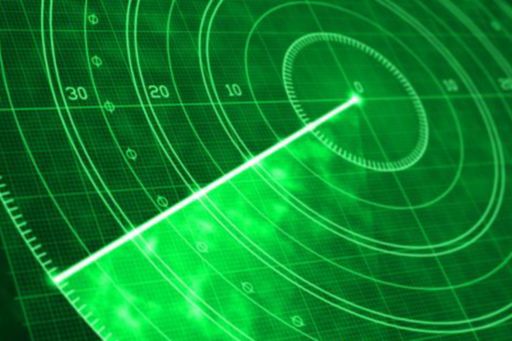The next major defense challenge
The next major defense challenge
To win the data war, defense forces look to leverage specialized skills in digital automation and artificial intelligence.
Organizations of all kinds are examining ways to use digital automation, under names including artificial intelligence, machine learning or bots. But defense agencies have among the strongest motivations to adopt this group of technologies, known collectively as intelligent automation, given the ever-increasing volumes of data they need to analyze accurately, safely and quickly, in the interests of national security.

“Intelligent automation is absolutely essential for the military,” says Ian McDonald, Director of Technology Enablement in Defense and National Security, KPMG in Australia. “They cannot operate the capabilities they currently have to their full potential without it.”
Take ballistic missile defense, a vital part of many countries’ military activity. As many as a dozen satellite and sensor systems may be used in detecting hostile missile launches, with a further dozen systems involved in destroying such missiles. A defense agency could have just 8–10 minutes to decide whether a launch represents a threat, share findings with allies and decide what to do. The use of countermeasures has to happen quickly, given that missiles could impact 16 minutes after launch.
“At the moment, there are humans in the loop between those systems,” says McDonald. “You cannot respond within 16 minutes, unless you are already in a state of high alert.” Intelligent automation can rapidly integrate all the data from satellites and sensors and present findings, allowing personnel to decide what action to take.
Finding the right level of automation
Intelligent automation, which David Kirk, Managing Director of Advisory for KPMG in the US, defines as “the automation of mission delivery and business processes by leveraging digital technologies to support tasks undertaken by knowledge workers,” can be split into three levels of sophistication. The first level, robotic process automation, can make routine tasks more efficient in areas including finance, accounting, human resources and compliance. KPMG firms have worked with defense clients to automate payments between agencies, including securely accessing systems and obtaining and processing the data required.
The second level of intelligent automation, learning cognitive automation, often involves the use of natural language processing and chat-bots. Kirke Everson, Managing Director of the Intelligent Automation Group at KPMG in the US, says this has potential to automate routine communication such as helpdesk ticketing and directory inquiries. “Chatbots can understand sentiment and intent, they take care of multi- thread questions depending on the datasets plugged into them and they tend to learn over time based on interactions with humans,” he says.
‘Virtual agents’ that use multiple channels including mobile and desktop computers, telephone and voice- activated speakers, are already used by some companies and civilian government organizations. They could allow military personnel to get answers to straightforward questions on travel or housing, pulling together data from different agencies, leaving humans in call centers to handle more complex queries. “It’s moving from a user interface to a conversational interface,” says Payam Mousavi, Director of Public Sector Advisory Services for KPMG in the US. “It makes accessing that information a lot easier and faster.”
The third and highest level of intelligent automation, reasoning cognitive automation, is able to derive insights from large amounts of data, including unstructured material such as written text, audio and video. In administrative work this has potential in recruitment and training, where existing staff records could be used to propose which specialisms a new recruit could be trained in.
But there is stronger potential for reasoning cognitive automation in improving battlefield decision-making. Currently, when a scout tank at the front of a group crossing hostile territory is running low on shells or fuel, it requires radio communication with the group commander to order another tank to take over the lead role. However, this process could be automated by analyzing data generated by the tanks. “What you can do is speed everything up on the battlefield,” says Ian McDonald.
Integrating all the data from an area into a battle management system can improve safety, by accurately keeping track of allied forces and friendly non-military personnel such as aid workers. “Bringing all that data together is where intelligent automation comes in,” McDonald says, given the large quantities that need to integrated quickly. This is particularly important for the most advanced drones, which can collect terabytes of data — including visual, radio and radar — in missions lasting more than 24 hours. Intelligent automation can allow this data to be analyzed in near real-time, highlighting what looks important within minutes rather than days later.
The article “The next major defense challenge” was taken from the publication entitled The next major defense challenge: Recruiting intelligent automation talent.
© 2025 R.G. Manabat & Co., a Philippine partnership and a member firm of the KPMG global organization of independent member firms affiliated with KPMG International Limited, a private English company limited by guarantee. All rights reserved.
For more detail about the structure of the KPMG global organization please visit https://kpmg.com/governance.